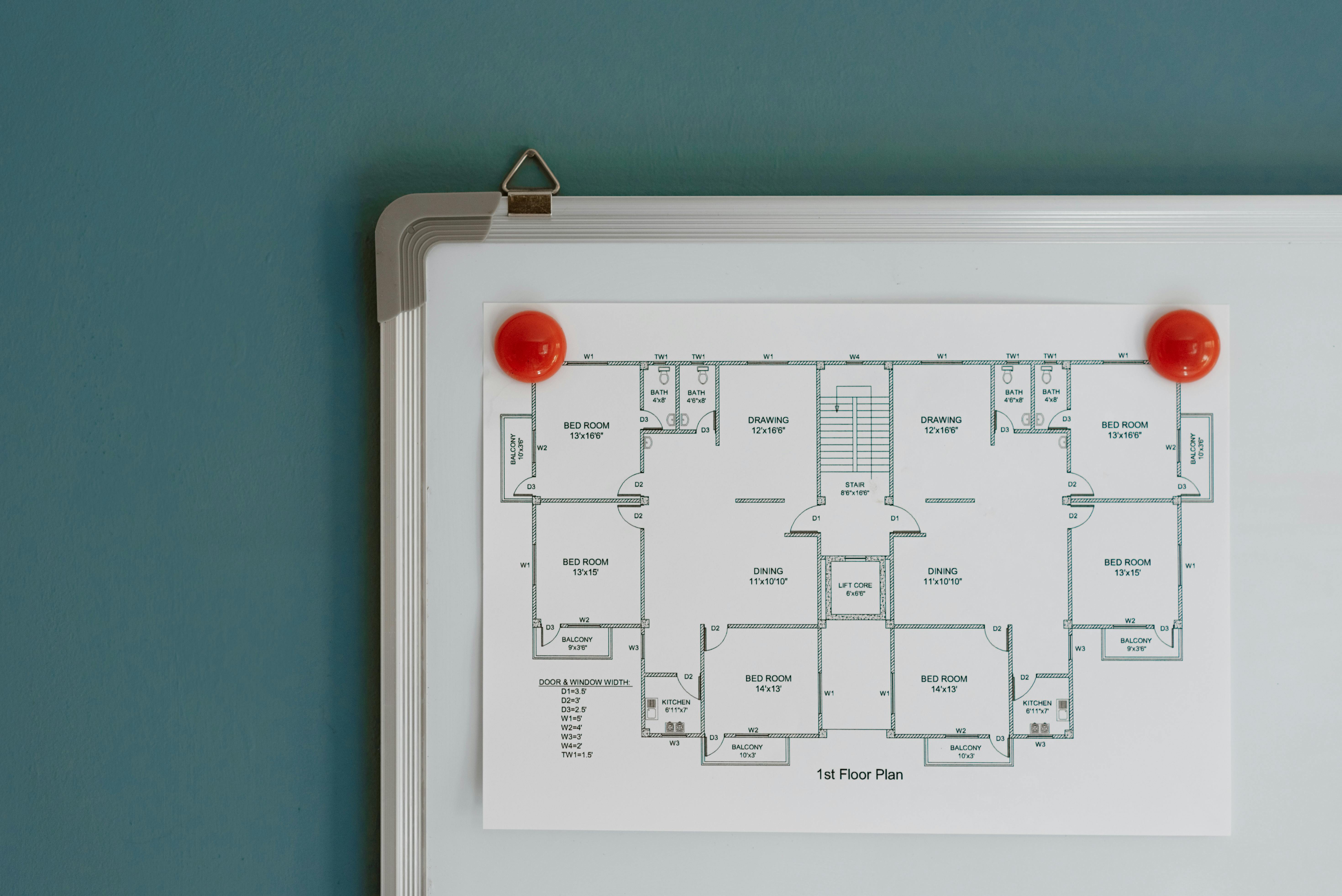
How does a sewage pump work?
What is a sewage pump?
A sewage pump is used to transfer sewage liquids and solids from one place to another. Typically, in residential applications, wastewater includes soft solids up to 2 “in diameter that are pumped from a wastewater tank into a sewer system or septic tank. A wastewater pump is installed at the lowest point. under the sewage tank.
Since the pump is submerged most of the time, it is also known as a submersible sewage pump. The sewage pump can be automatic, manual or dual. A dual-mode pump contains an overlay socket, which allows the pump to be used as a manual, where the pump bypasses the switch and connects directly to the socket, or as an automatic, where the pump is connected via the float switch and works only when switch is on.
Due to the possibility of sewage overflow, it is generally not recommended to use a manual sewage pump inside a sewage tank.
The sewage pumps are centrifugal pumps, with a special design that allows the passage of solids without obstructing the pump. When the pump is turned on, the motor begins to rotate the impeller, creating pressure that pushes the water into the impeller and into the discharge pipe.
The sewage pump is fed through a 10-25 foot. electric cable. Depending on the model, the voltage can be 115, 230, 460 or 575 volts. The pump housing, which contains a motor and impeller, is made of cast iron and is designed for long-term use.
Types of sewage pumps
Effluent Pumps – Effluent pumps are most often used in small on-site systems. They are designed to pump effluent, the effluent that comes out of a septic tank. This effluent is a relatively clear liquid because solids have developed in the septic tank. The effluent pump can pump higher levels and more efficiently than the other types of sewage pumps because these pumps do not have to handle sewage solids.
Solids Handling Pumps – These pumps are also called sewage ejector pumps made to pump raw sewage. Raw sewage contains too much solids for most pumps, so solids handling pumps should only be used where raw sewage must be pumped.
Grinder Pumps – A grinder pump is very similar to a solids handling pump. It can pump raw sewage. The difference is that the shredder pump has rotating blades, like garbage shredders that cut and grind the solids into small particles before pumping the wastewater.
Benefits of sewage pumps
The sewage pump is designed to remove water build-up from basements and crawl spaces and safely deposit it through a home’s sewage system. The operation of a sump pump is relatively simple, although its installation is more complicated.
Here are the main benefits of having a sewage pump:
• Avoid flood damage – When heavy rains cause a flood of water in your basement, you can quickly have 15 inches of flood water covering the floor and damaging almost everything inside, which can be especially devastating if you store valuable items in the basement. basement. With a sump pump running, this disaster can be easily noticed.
• Reduce the threat of mold and mildew: Continued moisture within a basement from water in stagnant pools will contribute to the growth of mold and mildew. Both are not only harmful to the building material, but they are also health problems.
• Reduce the risk of fire – Water will short-circuit basement appliances such as washing machines, water heaters, and heating systems. Therefore, in addition to ruining these valuable appliances, water can also create a fire hazard. A sump pump will prevent water from endangering equipment that could start home fires.
Maintenance and repairs of this device
• If a ground fault circuit interrupter is installed in the outlet or electrical panel, make sure it is working. Use the unit’s test button to confirm adequate ground fault protection.
• Remove the cover. There are 3 common types of caps, each with slightly different removal methods.
• Inspect the well for sediment or debris that could clog the float or clog the pump impeller or discharge tube.
• Make sure it is positioned so that the float that lights it moves freely and is not obstructed by the sump walls, discharge pipe or other objects.
• Check the pump drain line until it meets the air gap for signs of corrosion, holes, damage, or leaks.
• Check for a small 3/16 to 3/8 inch drain hole in the discharge pipe directly above it.
• Visually inspect all alarm mechanisms (if applicable), exposed metal parts, and connections for corrosion. You can apply a silicone water repellent spray to deter corrosion. Consult the manufacturer’s instructions for use to apply the silicone spray.
• Verify that a check valve is in place in the drain line just above the pump cover. Contact a licensed plumber to add a check valve if one is not available.
• Verify that the air gap between the inner and outer discharge pipes is open and free of debris.
Conclution
There are many pump station installations, including pumps and equipment for pumping fluids from one place to another. They are used for a variety of infrastructure systems, such as supplying water to canals and removing wastewater to the processing site. This station in the sewage collection system, also called a lift station, is designed to handle raw sewage that is fed from underground pipes.
Businesses can benefit from the use of sewage pumps as they can handle large amounts of water in a short time. It is cost effective if you have a sewage pump to handle unwanted water and wet waste.
Learn more about how sewage pumps work and how they can help your business.
